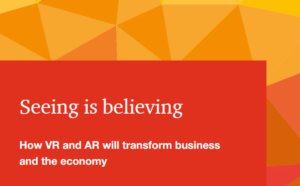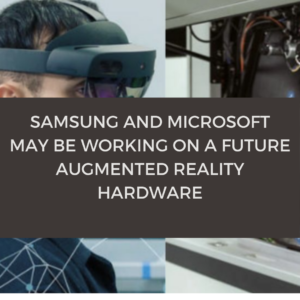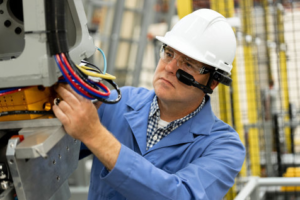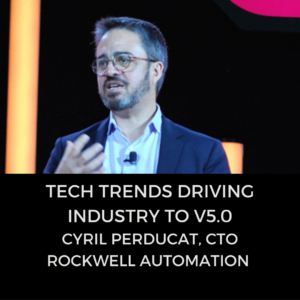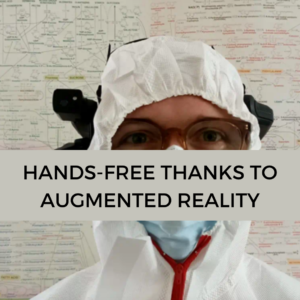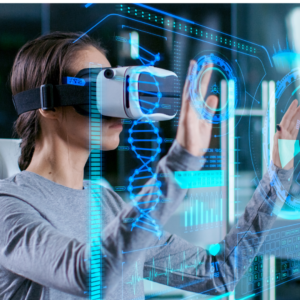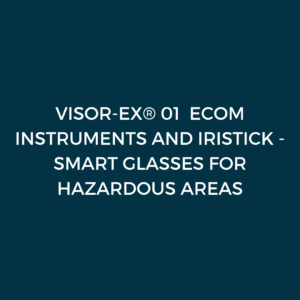Altoura Launches Productivity Platform for the Metaverse
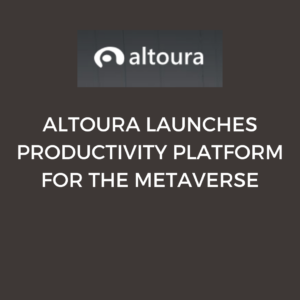
Altoura 5.0
Altoura 5.0 is built with a secure enterprise infrastructure for 3D asset management, spatial collaboration tools, and a no-code Experience Builder® that empowers organizations to easily design spatial (3D) experiences like immersive training and collaborative visualization, tailored for their industry needs and workflows. Business-critical use cases that once required a physical presence—such as employee training, product prototyping, facilities design and planning, space layout, and high-end product demos—can now be completed as immersive experiences inside Altoura from any location on any device. This shift from physical work to virtual remote work creates operating efficiencies and increases employee engagement.
“Altoura is the pioneer of optimizing high-fidelity 3D models for collaborative visualization,” said Jamie Fleming, CEO of Altoura. “With Altoura 5.0, organizations can do more than traverse the metaverse. They can import 3D models of their buildings, machines, and equipment into Altoura’s collaborative and immersive virtual environment so their employees can plan, design, configure, and train on those assets from any location. This is how knowledge can be captured and transferred to the next generation of employees, and how hybrid work becomes productive work in the metaverse.”
Altoura is used by the world’s leading manufacturing, retail, engineering, and technology firms such as Microsoft, Thermo Fisher Scientific, Wabtec, Cummins, GAP, Target, and many others. “We use Altoura to help visualize, tour, plan, and manage our most important facilities investments before they are built, which at scale translates to big savings in physical prototyping costs and travel expenses,” said Salla Eckhardt, Director of Transformation Services at Microsoft.
Train-to-Work
Train-to-Work is the only comprehensive immersive training solution for hybrid work, and includes Altoura 5.0, Microsoft Dynamics 365 Guides, and HoloLens 2. It is an integrated solution that enables workers to train on 3D models inside Altoura’s collaborative virtual environment. Then, when they deploy for work at their physical location, they can use Dynamics 365 Guides and HoloLens 2 for AR assistance to complete their tasks. The training experience is consistent and familiar across both virtual and physical environments, which accelerates learning and improves worker confidence.
Line of business leaders and learning and development (L&D) professionals also benefit from Train-to-Work. Because of Altoura’s native integration with Dynamics 365 Guides, training content creators need only build training materials once in Dynamics 365 Guides, then import them into Altoura. This approach lets them deliver a consistent user interface and training paradigm to their employees in both virtual and physical environments.
Fortune 500 customers around the globe already benefit from Train-to-Work. For example, Thermo Fisher Scientific uses Altoura, Dynamics 365 Guides, and HoloLens 2 to train technicians in their Pharma Services Group (PSG) responsible for servicing analytical machines that enable scientists to conduct COVID-19-related vaccine work. They complete virtual training guides in Altoura, then follow those same instructions in Dynamics 365 Guides while wearing a HoloLens 2 as they perform tasks on physical equipment on the front lines. In a recent webinar available on http://www.altoura.com, Chris Binion, Innovation Lead at Thermo Fisher Scientific, said, “With Altoura, we’ve cut training time by up to 60 percent while improving employee productivity, increasing knowledge retention, and reducing training costs.”
Train-to-Work can be configured for rapid evaluations and deployments. In addition, systems integrators around the globe provide a range of services to help organizations use Altoura to design immersive training programs for their specific industry needs. It can be purchased from Altoura or Altoura partners for a set monthly price depending on the number of users required.
Partner Support for Altoura 5.0 and Train-to-Work
Microsoft
“Altoura was one of our first mixed reality partners building solutions for HoloLens 2, and their commitment to deliver customer value has really set them apart,” said Yancey Smith, General Manager of Mixed Reality at Microsoft. “We’re excited for Altoura 5.0 and what it means for our many joint customers that are using metaverse technologies to establish a competitive advantage in their respective industries.”
“Altoura gracefully guides enterprises through the Mixed Reality journey, bringing together the Altoura platform with Azure cloud services, Microsoft Dynamics 365 Guides, Power Apps, and HoloLens 2 to deliver no-code solutions in the metaverse that massively improve worker productivity,” said Eric Kamont, Mixed Reality Strategic Partnerships Lead at Microsoft.
Insight
“Altoura’s platform is proven in the market and used by the best brands in the world, so we’re thrilled to partner with them to build solutions for our clients that improve productivity and drive down costs,” said Matt Fedorovich, Immersive Technology lead at Insight, a Fortune 500 technology and services provider. “The combination of Altoura with Microsoft Dynamics 365 Guides and HoloLens 2 makes it possible for us to build immersive training solutions for our clients that have a critical need to upskill their remote workers and continue to train them once they are deployed on the front lines.”
Velrada
Dan Hookham, CIO of Velrada, a global systems integrator, said that his company has designed an MR-as-a-Service offering to help enterprises set up a Train-to-Work® proof-of-concept in a matter of days, at a set price, with expert assistance. “We’re thrilled about the new capabilities of Altoura 5.0 and Train-to-Work because our global customers continue to express a real need for immersive training to upskill their hybrid workforce,” he said.
About Altoura
Altoura is the pioneer of interactive digital twin technology and maker of the productivity platform for the metaverse. Altoura 5.0, the company’s no-code platform, transforms physical assets into high-fidelity 3D models that power immersive, interactive, and collaborative experiences for remote workers. Altoura is a Gold member of Microsoft’s elite Mixed Reality Partner Program (MRPP) and a strategic partner with Facebook, Unity, Insight, Velrada, and many global systems integrators. With a large and growing base of Fortune 500 customers, Altoura is the #1 platform in manufacturing, retail, healthcare, AEC, RE&F, and technology companies that are driving digital transformation initiatives to empower their hybrid workforce with the tools to be productive from anywhere.
Learn more about Altoura 5.0: https://go.altoura.com/altoura5
Learn more about Train-to-Work®: https://www.altoura.com/train-to-work.html
